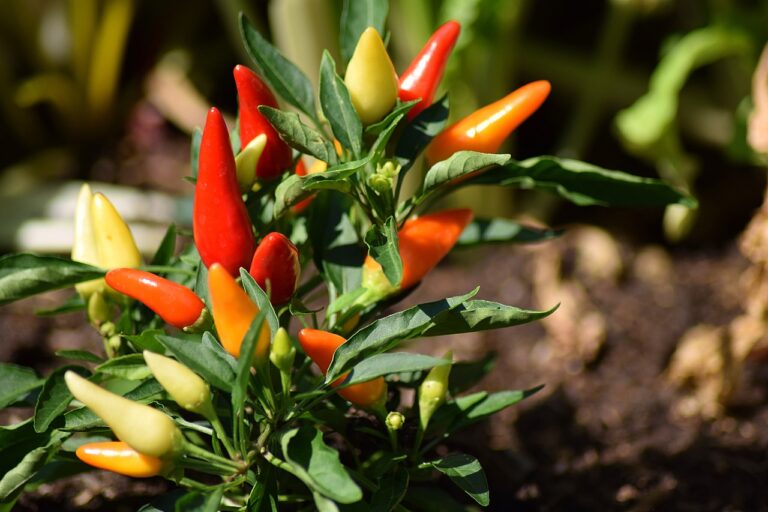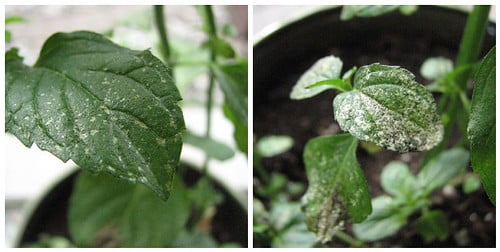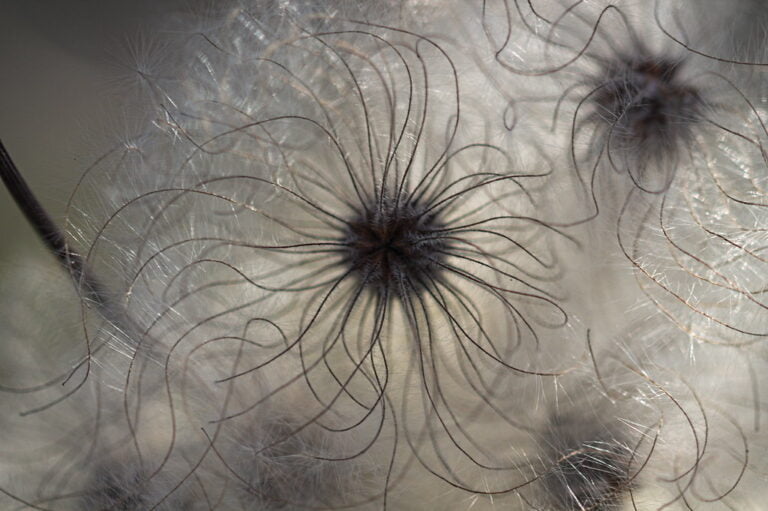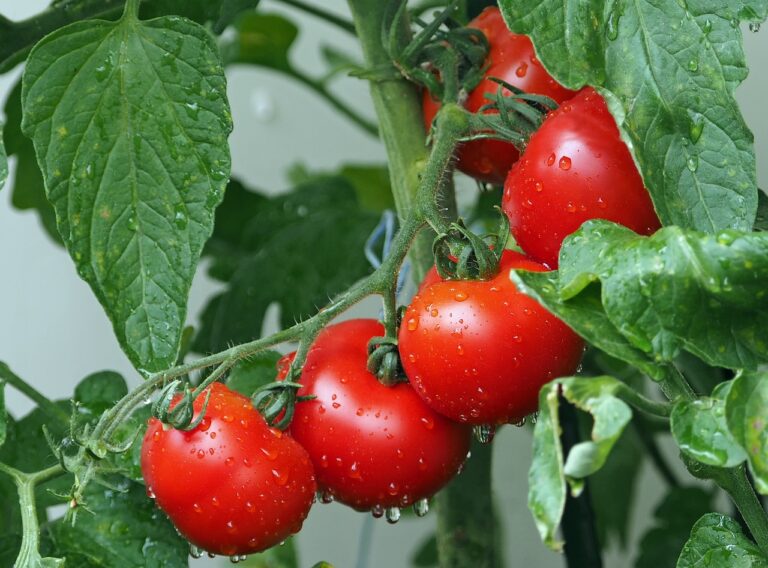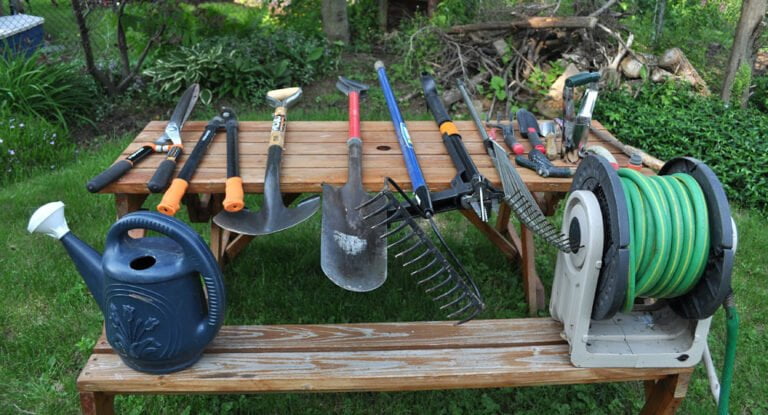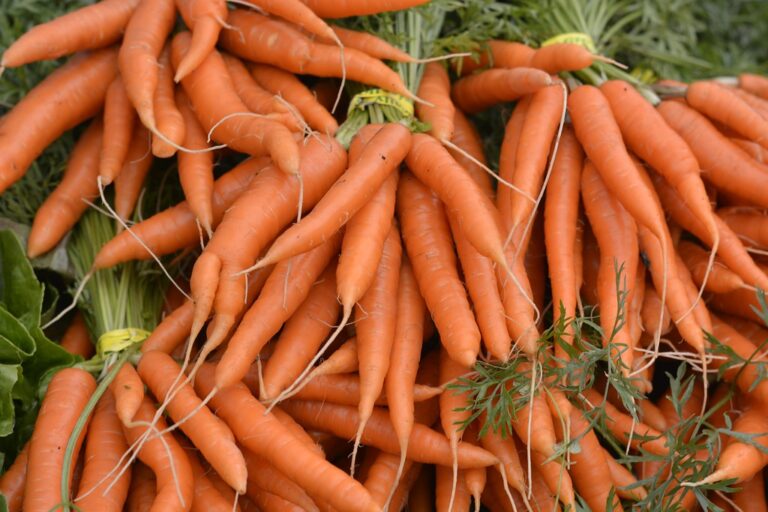Effective Watering Techniques and Conservation Tips for Your Garden
Mastering watering techniques is essential for healthy gardens. Water in the morning for best absorption. Deep watering strengthens roots. Mulch and compost aid moisture retention. Efficient irrigation like drip systems conserve water. Use soaker hoses for targeted watering. Consider adjustable sprinklers for customization. Group plants with similar needs. Design for water conservation with proper drainage. Implement strategies for efficient water use. Thriving plants depend on smart watering!
Importance of Proper Watering
Understanding the importance of proper watering is essential for promoting healthy plant growth and avoiding potential issues like root rot and stunted development. Water is a fundamental element for plants, playing a significant role in various physiological processes. When watering your plants, it’s essential to take into account the type of soil they are planted in. Different soils have varying water retention capacities, impacting how often and how much you should water. For instance, sandy soil drains water quickly, necessitating more frequent watering, while clay soil retains water longer, requiring less frequent irrigation.
Conserving water while ensuring your plants receive sufficient moisture is key to sustainable gardening practices. Water conservation not only benefits the environment but also helps you save on water bills. Effective watering techniques, such as using drip irrigation systems or soaker hoses, can target the root zone directly, reducing water wastage through evaporation or runoff.
Proper watering is not just about preventing under or overwatering; it’s also about understanding the water requirements of different plants. Some plants prefer consistently moist soil, while others thrive in drier conditions. By tailoring your watering schedule to meet the specific needs of each plant in your garden, you promote healthy growth and efficient water usage. Remember, a well-watered garden is a happy garden, so prioritize water conservation while nurturing your plants.
Best Time to Water
I find that watering my garden in the early morning can make a significant difference in plant health. The cooler temperatures during this time allow for better water absorption, setting plants up for the day ahead. This practice not only helps reduce water waste but also supports overall plant hydration and growth.
Early Morning Watering
To optimize plant hydration and promote strong root growth, consider watering your garden in the early morning, preferably before 9-10 am. Early morning watering boosts water absorption by plants, as cooler temperatures and calmer winds reduce evaporation rates. This timing allows for deep water penetration into the soil, encouraging roots to grow deeper and stronger. As a result, plants become more resilient to drought conditions and establish a healthier foundation for overall growth. Additionally, morning watering helps prevent soil hardening and guarantees consistent moisture levels, crucial for plant development. By adopting this practice, not only do you support root growth and hydration efficiency, but you also contribute to water conservation efforts in your garden.
Evening Watering Benefits
Considering the potential risks associated with evening watering, it is advisable to evaluate the benefits and drawbacks before determining the best time to water your garden. Watering in the evening can lead to fungal growth on plant foliage due to prolonged wetness, increasing the risk of disease. The moisture left on leaves overnight can attract pests like slugs and snails, further impacting plant health. In addition, plants may not dry off adequately before cooler nighttime temperatures set in, promoting fungal issues. To minimize these risks, it is generally recommended to avoid evening watering and opt for early morning watering instead. This approach maximizes water absorption while reducing the likelihood of fungal growth and disease development on your plants.
Water Conservation Methods
Implementing water conservation methods in your garden is vital for reducing water usage and promoting sustainable gardening practices. One effective way to conserve water is through rainwater harvesting. By collecting and reusing rainwater for your garden, you can decrease your reliance on municipal water sources, especially during drier periods. Additionally, reusing household water, such as leftover cooking water or shower water, for your plants can further minimize water wastage and support eco-friendly practices.
Compost systems are another valuable tool for water conservation in gardening. These systems not only aid in reducing organic waste but also improve soil moisture retention and boost nutrient levels essential for plant growth. Increasing the organic matter in your soil is advantageous as it enhances water absorption capacity, promoting healthier and more resilient plants.
Incorporating mulching into your gardening routine is also essential for water conservation. Mulching helps prevent water evaporation from the soil, suppresses weed growth, and enriches the soil as the organic materials break down. By implementing these water conservation methods like rainwater harvesting, compost systems, organic matter enrichment, and mulching, you can create a more sustainable and water-efficient garden while promoting lush plant growth.
Soil Moisture Retention Tips
Maximizing soil moisture retention in your garden is vital for ensuring thriving plant growth and reducing water usage. One effective way to achieve this is by incorporating mulching into your gardening routine. Mulching not only helps prevent water evaporation but also suppresses weed growth and adds valuable nutrients to the soil. When mulching, remember to apply a 3-5cm layer in pots and a deeper layer in garden beds to aid in moisture retention.
In addition to mulching, utilizing organic matter in your soil is essential for retaining moisture. Organic matter has the ability to absorb water, promoting healthy plant growth and reducing the frequency of watering. Compost systems are another great tool for retaining moisture and nutrients in the soil. By composting, you can recycle kitchen scraps and yard waste to create nutrient-rich soil that holds moisture effectively.
For those engaged in container gardening, proper drainage is key to retaining moisture in the soil. Ensure your containers have drainage holes to prevent waterlogging while still allowing the soil to stay moist. Container gardening offers a more controlled environment for maintaining soil moisture levels compared to traditional garden beds. By implementing these soil moisture retention tips such as mulching, organic matter, compost systems, and container gardening, you can create a thriving garden while conserving water resources.
Efficient Irrigation Systems
I’ll start by outlining the benefits of drip irrigation, the various options available in sprinkler systems, and effective water-saving techniques. These points will illuminate how efficient irrigation systems can greatly enhance water conservation efforts in gardening. By understanding these aspects, gardeners can make informed choices to optimize their watering practices and promote a sustainable approach to gardening.
Drip Irrigation Benefits
With drip irrigation systems, gardeners can effectively deliver water directly to plant roots, minimizing wastage and promoting healthy plant growth. Here are some key benefits of using a drip irrigation system:
- Water Conservation: Drip irrigation systems help in preserving water by delivering it precisely where it’s needed, reducing evaporation and runoff.
- Efficient Watering: These systems guarantee that plants receive a consistent water supply, promoting ideal growth without overwatering.
- Deep Root Growth: By providing water directly to the roots, drip irrigation encourages plants to develop deep and strong root systems.
- Reduce Water Wastage: Unlike traditional watering methods, drip irrigation minimizes water wastage by targeting specific areas, making it an eco-friendly choice for your garden.
Sprinkler System Options
How can you choose the most efficient sprinkler system for your garden’s irrigation needs? When considering sprinkler options, prioritize efficient watering methods like drip irrigation, soaker hoses, and adjustable sprinklers. Drip irrigation systems are ideal for minimizing water wastage by delivering water directly to plant roots. Soaker hoses and drip lines provide targeted watering, ensuring plants get the water they need without excess runoff. Using timers with drip systems helps maintain precise watering intervals and prevents overwatering. Opting for adjustable sprinklers allows for customizable water distribution, catering to different plant requirements. Avoid non-adjustable sprinklers to prevent inefficient water distribution and potential water wastage in your garden. Choose wisely for effective and efficient watering practices.
Water-Saving Techniques
For efficient irrigation systems that conserve water in your garden, consider implementing water-saving techniques such as drip irrigation and grouping plants with similar water requirements together. Drip irrigation systems deliver water directly to plant roots, reducing evaporation and water wastage. Watering deeply and less frequently promotes deep root growth for healthier plants. Grouping plants with similar water requirements together guarantees more effective watering practices. Installing a timer for automated watering schedules helps maintain consistent and effective water delivery. Consider using adjustable sprinklers to target water where it’s needed most, minimizing runoff and maximizing efficiency. These techniques not only help save water but also promote healthier plants while potentially reducing your water bill and adhering to any water restrictions in your area.
Designing for Water Conservation
To design effectively for water conservation in your garden, incorporate elements such as diversion channels, ditches, and terraces to manage water efficiently. Implementing water harvesting techniques through these features can help capture and utilize water resources effectively. When designing your garden beds, consider the soil surface and the type of soil you have. For clay soils that tend to retain water, guarantee proper drainage by incorporating diversion drains or swales to prevent waterlogging, which can lead to root rot and other plant issues.
Selecting water-loving plant species for areas with excess moisture, such as boggy areas created by poor drainage, can help make the most of these conditions while promoting natural water conservation. Additionally, strategic pruning of trees not only helps in shaping their growth but also reduces their water requirements, contributing to overall water efficiency in your garden.
Building mounds around trees and shrubs can aid in moisture retention, allowing for better water absorption and reducing runoff. These mounds act as natural water reservoirs, promoting efficient water usage within the root zone of plants. By incorporating these design principles focused on managing water effectively, you can create a sustainable garden that conserves water resources while supporting healthy plant growth.

